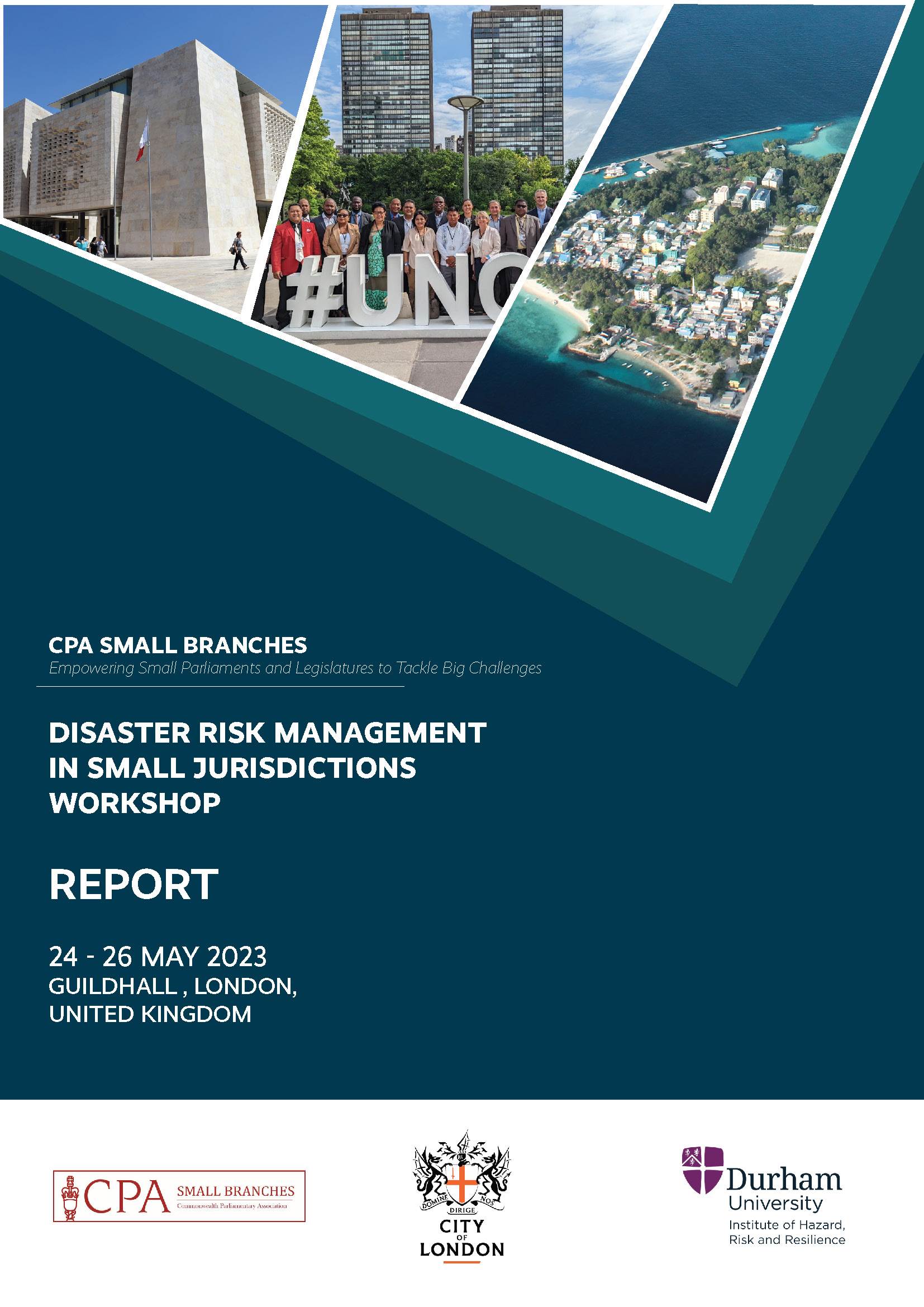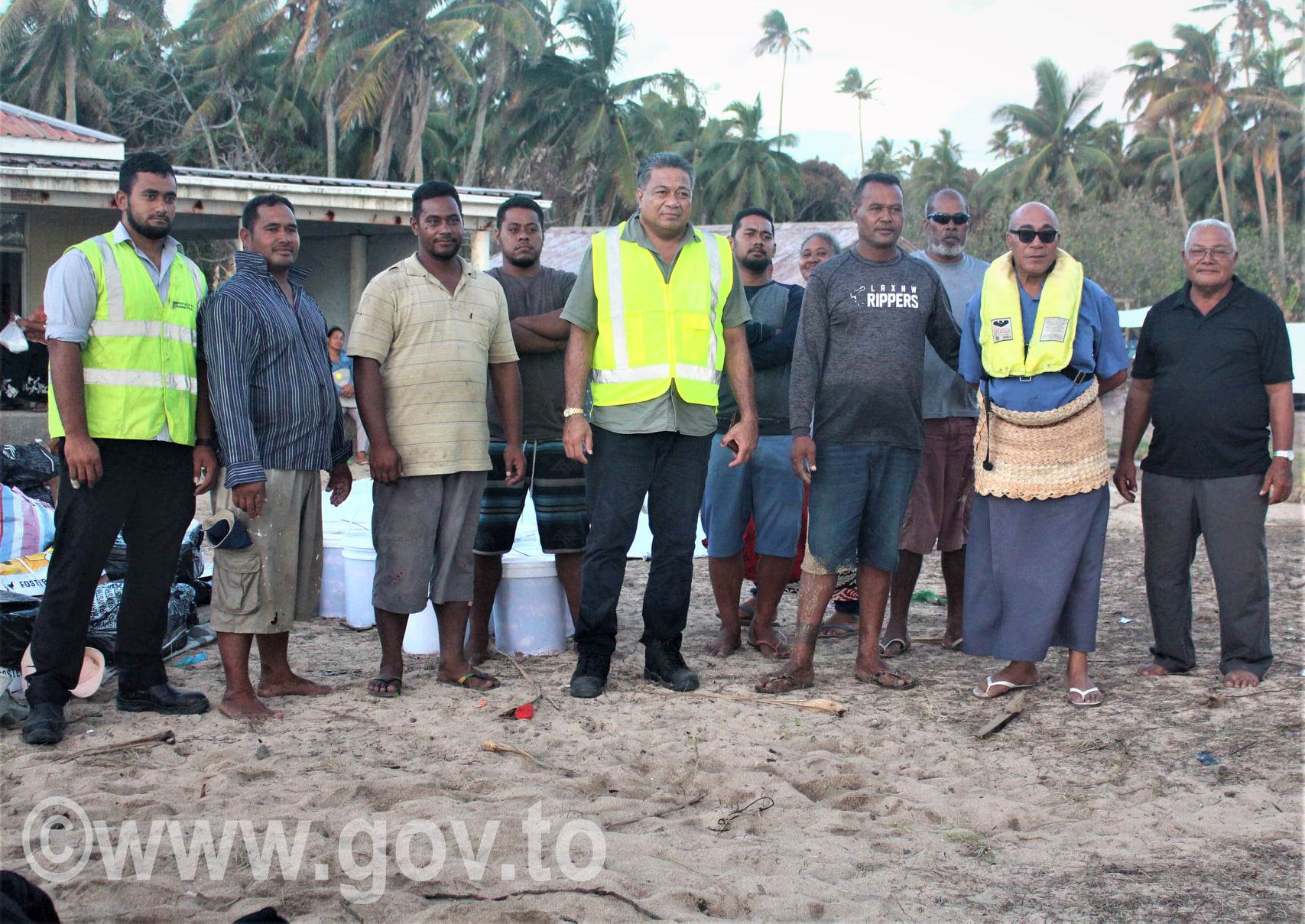
Realities of disaster resilience: stories from the Commonwealth
In May 2023, the CPA Small Branches network and the Institute for Hazard, Risk and Resilience at Durham University co-hosted a workshop for Parliamentarians on disaster risk management. The workshop connected Parliamentarians from Small Island Developing States (SIDS) and other small jurisdictions with world-leading academics and practitioners from the field of disaster risk management.
Across three days, Parliamentarians told stories of disasters, borne from personal and communal experiences – stories about loss, trauma, family, togetherness, and resilience.
These stories acted as the roots from which all the discussions at the workshop grew, enriching technical presentations on disaster risk theory, technology and policy. The lived experiences of the parliamentarians and their communities, from a volcanic ash-covered sea that rendered boats useless to a key decision-maker left incapacitated by COVID-19, drove conversations on how to create more practical, effective disaster risk strategies.
This article tells three stories about disasters in Commonwealth jurisdictions: the 2022 Hunga Tonga–Hunga Haʻapai volcanic eruption and tsunami (Tonga), the 2004 Hurricane Ivan (Cayman Islands) and the COVID-19 pandemic (Isle of Man).
Each story centres around a specific challenge that emerged during these disasters - covering communications, legislation and power supply respectively - and illustrates what resilience really meant for the affected communities and decision-makers when disaster struck.
The article has been adapted from presentations given by Parliamentarians during the workshop. A workshop report has also been published and is available to download at the end of this article.
Below: Delegates at the 2023 CPA Small Branches Workshop on Disaster Risk Management hosted at Guildhall, London, UK
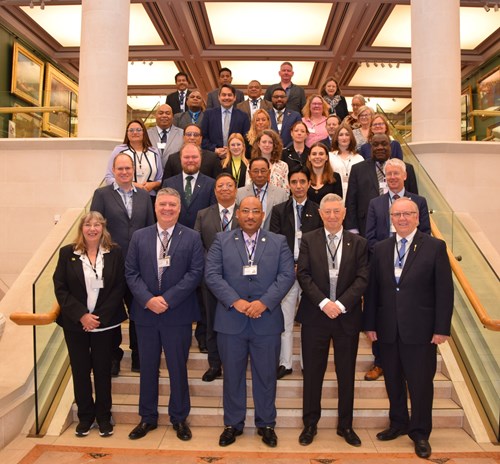
Tonga
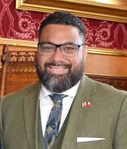
Lord Fakafanua, Speaker of the Legislative Assembly of Tonga, recalls the devastation caused by the 2022 Hunga Tonga–Hunga Haʻapai volcanic eruption and tsunami, with a focus on the unforeseen effects of the disaster on communications in Tonga and how this hampered disaster response efforts.
The eruption of the Hunga Tonga- Hunga Ha’apai volcano and consequent tsunami on 15 January 2022 was a catastrophic event that shocked the world.
Although there were some ecological signals, in reality no one was prepared for what was about to happen. No one was ready. We didn't think something of this magnitude would ever happen but, on 15 January, it did. The shock has been described like a thousand Hiroshima bombs blowing up, constantly one after the other over the span of a couple of hours.
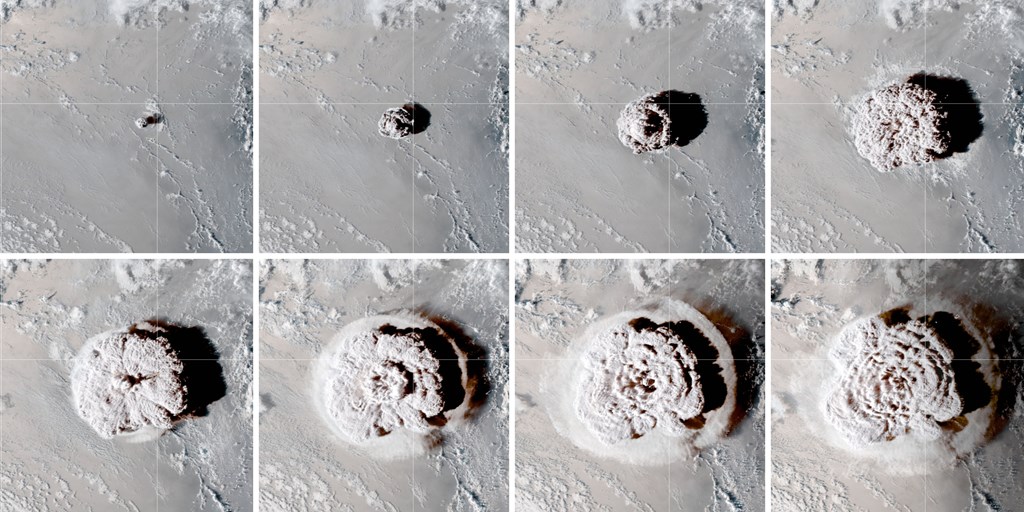
A sequence of still images from the GOES-17 satellite shows the Tonga plume at various stages on January 15, 2022. Joshua Stevens/Kristopher Bedka/Konstantin Khlopenkov/NASA Langley Research Center/NOAA GEOS-17/NESDIS
At the time of the eruption, I was in New Zealand visiting my mother. My wife, who was in Tongatapu (the most populated island in Tonga) at the time, described it to me as a shock wave that you did not just hear – it physically went through your body. Your bones shivered and vibrated from the shock. It smashed windows.
As a result of the shocks from the eruption, our communication cables were disconnected. A huge proportion of our communications is on hard-wired undersea fibreoptic cables. Approximately 74 kilometres of cables were damaged and had to be replaced. Therefore, while you were talking to people in Tonga, as they were showing you via FaceTime the ash that was falling, there was suddenly nothing. Communication with Tonga was cut from the rest of the planet with nothing going in or out.
When communication goes down, that means banking doesn't work as well. It means Facebook doesn't work. It means landlines and all normal means of communication don't work. We have a small number of satellite phones on the island, but those who have them didn’t necessarily have them charged and ready, because no one envisaged that we would lose everything. We didn't think of ham radios, but having a low-tech solution to fall back on will need to be part of future disaster plans.
Due to these challenges, the outer islands had no communications for three days.
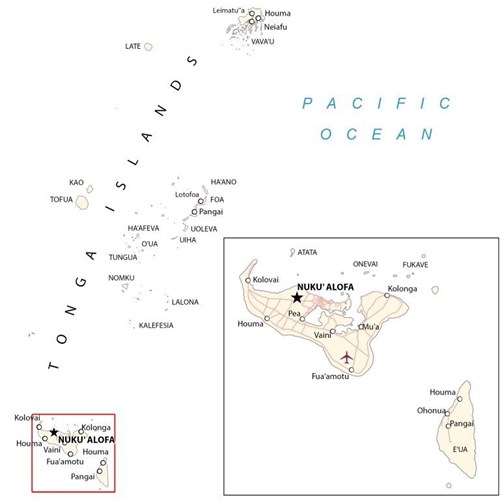
Map of Tonga. Copyright: GIS Geography
There was no inter-island travel too. Fuel stocks were depleted, and the boats were affected by ash on the ocean, which is something we never imagined. If you were trying to send aid to another island, your boat might die halfway through because the engine was choking in ash. The airport was also shut down because the ash is harmful to jet engines. So, when it came to the initial response, we couldn’t fly and boats were limited.
In the days after the eruption, the local telecommunications providers established some level of connectivity allowing some communication within each island, but not inter-island. So there were pockets of communication, but the internet was still completely off.
Another quirk was that the satellite phones in Tonga could barely take incoming calls. Whilst I was stuck in New Zealand, I had access to a satellite phone in Tonga and I was trying to dial into the Prime Minister's satellite phone, but I could not get through. There were a handful of satellite phones and no one calling from outside Tonga could reach them. With the number of calls trying to get into the country, it was easier for those with satellite phones in Tonga to call out to receive calls.
It was very haphazard being stuck in New Zealand, particularly as a senior government member. I was a key focal point for the response, but I had no communication to the island. I had NGOs trying to contact me because they wanted to help Tonga. I was talking to CNN, BBC, Japanese and Chinese media... the whole world was looking at Tonga.
Watch: Lord Fakafanua speaks to TVNZ in the days after the volcanic eruption and tsunami about the situation on the islands
I communicated with the island through the New Zealand High Commission, who had limited satellite broadband and some satellite phones in their Tonga mission, but as a government official, you don't want to rely on another government as interlocutor, you want your own direct communication access.
Beyond government, the Tongan diaspora was also very concerned. In New Zealand, they had 150 containers full of supplies, food, clothes, everything you can think of. The overwhelming response and love from the other communities in New Zealand was very heartfelt, but people went through so much frustration trying to get through to their families, to know that they were okay. I knew many families who waited two or three weeks to hear from their loved ones. It was very touching and emotional to witness.
Cayman Islands
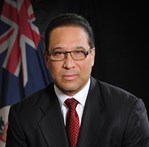
Hon. Sir Alden McLaughlin, a former Premier of the Cayman Islands (2013 – 2021), reflects on how the lessons learned from a catastrophic hurricane in 2004 led the Cayman Islands to transform its approach to disaster management. The hurricane provided the impetus for new legislation granting the government the legal powers to manage emergency situations and strengthening the position of elected representatives within disaster management processes.
At 5pm on 11 September 2004, the Governor of the Cayman Islands declared a state of emergency as Hurricane Ivan, a Category 5 Atlantic hurricane, approached the Cayman Islands. By 10pm, Grand Cayman, the territory’s most populated island, was experiencing 100+ mph winds. The state of emergency was in place for 16 days. Two people were killed and the hurricane caused catastrophic damage to the island that took many years to recover from.[1]
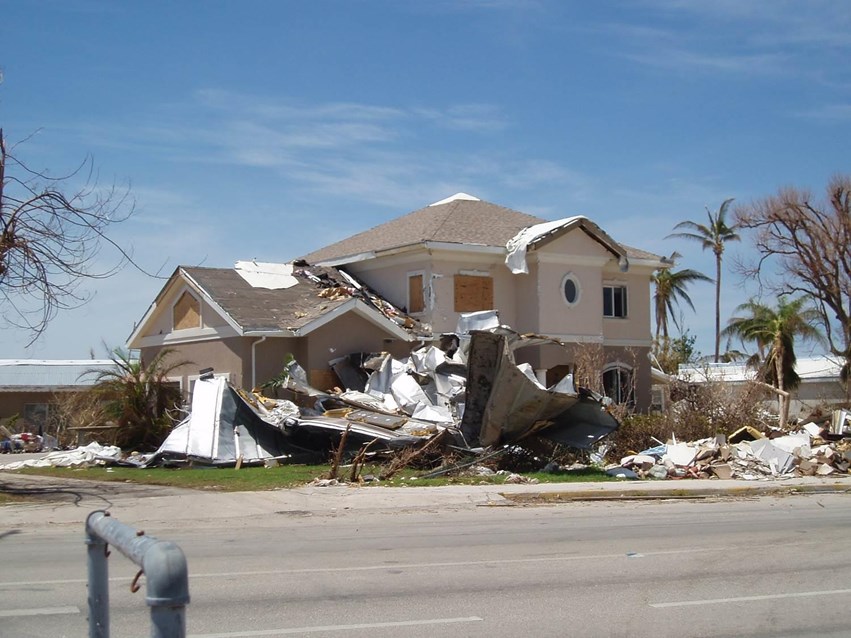
83% of the total housing stock suffered some degree of damage during Hurricane Ivan.
Legislation has been critically important to how we have improved in preparing for and managing disasters post-Ivan. The hurricane gave us the impetus to make several legislative reforms to our disaster management infrastructure, introducing the necessary legal mechanisms to enable our government to lead an effective response to a disaster.
When Hurricane Ivan struck and a state of emergency was declared, the authority of the elected government was suspended and the UK-appointed Governor assumed all responsibility for the disaster response, under the emergency powers law in place at that time. This stripped key leaders on the island of their authority and, from a democratic standpoint, meant elected Members of Parliament had no formal decision-making authority during the state of emergency.
After Ivan, we made several changes to existing legislation to address these issues. We:
- amended the emergency powers law to require the Governor to have to consult with the Premier before taking decisions.
- amended the Police Act so that the Commissioner of Police was able to declare curfews and cordons – previously only the Governor could do that.
- amended the Public Health Act, giving the Cabinet the power to make bespoke regulations that fit the particular circumstances that we were facing.
I think the most important lesson that came out of the experience of Ivan was the recognition that the old practice of the National Hurricane Committee (made up principally of civil servants) being responsible for disaster management was a completely inadequate system for the challenges which we faced.
After Ivan, we put in place the systems, staff and legislative underpinning to transform our approach to disaster management.
In 2007, we established Hazard Management Cayman Islands as the government agency responsible for coordination of all programs dealing with national disasters, whether natural or man-made. The National Hurricane Committee was transitioned to the National Hazard Management Council.
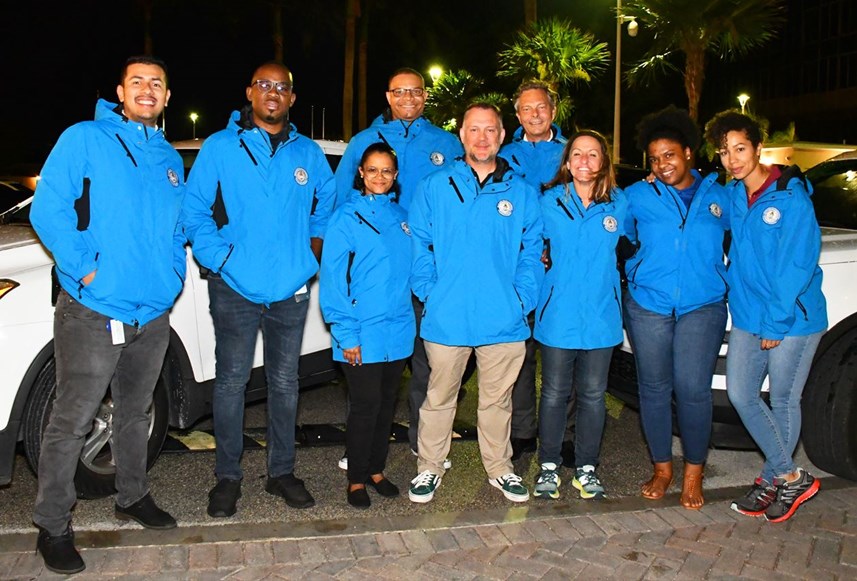
Staff at Hazard Management Cayman Islands (HMCI), the lead agency responsible for the national comprehensive disaster management programme.
Our 2016 Disaster Preparedness and Hazard Management Law provided a new legislative framework for managing emergency situations on the island. This legislation, which has subsequently been updated on multiple occasions, was key to making Hazard Management Cayman Islands an effective agency that could lead a comprehensive, cross-government response to disasters.
The Law:
- established the Department of Hazard Management Cayman Islands.
- created a National Hazard Management Executive (responsible for national policy direction) and a National Hazard Management Council (overall responsibility for the management of any non-security threat which may affect the Islands).
- established a national emergency notification system.
- gave the Department the power to identify premises for use as emergency shelters and manage these premises during a disaster.
- made the Department responsible for developing a national mitigation plan for vulnerable areas.
Importantly, the National Hazard Management Executive is chaired jointly by the Premier, a democratically elected leader, and the Governor, who is appointed by the UK Government. This means there is a local representative ensuring the people of Cayman have a democratic voice at the top of this very important body. The change was a direct result of what happened when Hurricane Ivan struck in 2004, when all decision-making power was concentred in the hands of the Governor after the declaration of a state of emergency.
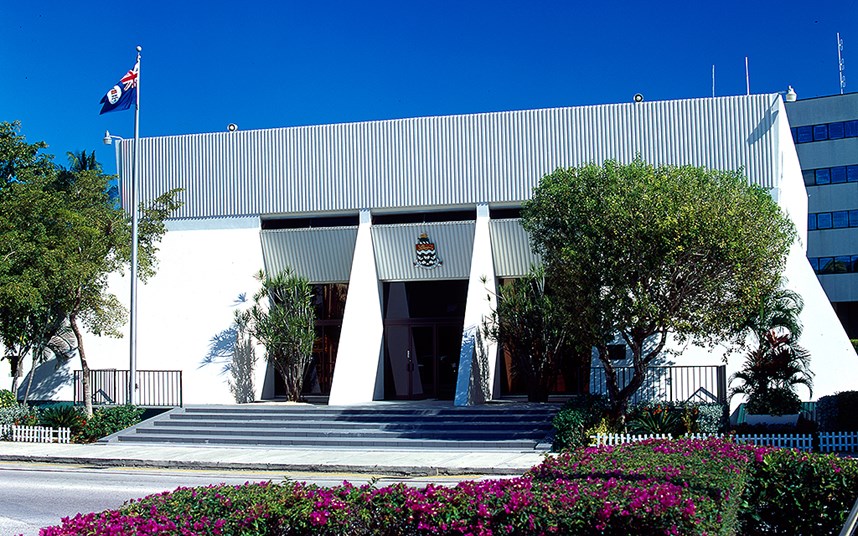
The Parliament of the Cayman Islands building in George Town, Grand Cayman.
I truly believe that the reason why Cayman Islands did so well in responding to COVID-19 is because we learned the lessons taught by Hurricane Ivan. Whether it's a pandemic or a tropical cyclone, preparation is absolutely key. Having in place the systems, the legislation to underpin them, and the trained staff to be able to deal with a disaster will literally make the difference between life and death for many people in your country.
[1] The United Nations Economic Commission for the Caribbean and Latin America (ECLAC) estimated that the total economic impact of Hurricane Ivan on the Cayman Islands was US$3.4 billion, equivalent to 183% of GDP. 83% of the total housing stock suffered some degree of damage, with the total financial effect on the housing sector estimated at US$1.5 billion. The effect on the Cayman Islands finance, commerce and tourism industries was just over US$500 million.
Isle of Man

Peter Greenhill and Rob Mercer, Members of the Legislative Council of the Isle of Man, discuss the vulnerability of the power supply on the island at the height of the COVID-19 pandemic and the special measures put in place to protect staff at power plants from the spread of the virus.
Power generation supply is vital to everything keeping running, so leaders at Manx Utilities Authority, the Statutory Body of the Isle of Man Government responsible for Electricity, Clean Water and Waste Water took special steps to ensure power plants could continue running and delivery to all end users was maintained.
They ringfenced the key staff because we only have a certain number who can run the power stations properly. Their tracking and review sessions were full-on right from the beginning. They knew exactly what they had to do and provide. Their executive meetings were usually held in a very, very large room, with large distances between each other. Those meetings happened every day and the reports went up straight away, so they were right on top of any potential problems.
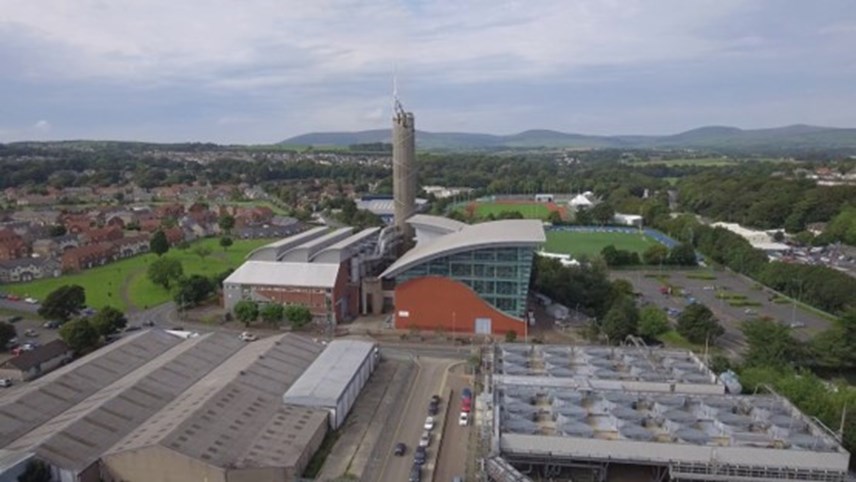
The Pulrose Power Station on the Isle of Man.
Managers gathered daily reports from their staff, some of whom were working from home, but obviously in power generation key staff were working in person at the power plants and in supply, staff had to work wherever and whenever required. They checked in with the staff to make sure that they were okay and that they had the support they needed. Most important was maintaining morale and the culture of the organisation. If you don't do that, your problems really do explode on you.
I think it's also fair to say that few of those arrangements were in place at the start of the pandemic, so these evolved very quickly in order to provide protection for those critical staff in power generation and supply. If you lose a generation engineer and you are on a small island that is locked down, you run a very real risk of having to close down a power generation plant. Issues anywhere in the supply network had to be fixed urgently.
In the first week of lockdown, the hospital said they were having massive problems with providing oxygen to all the people they had on ventilators. They told us what they needed. They didn't say what they wanted, they told us what they needed, which was great. They needed a new electricity substation, which was designed, built, tested and made fully operational within 25 days of that request.
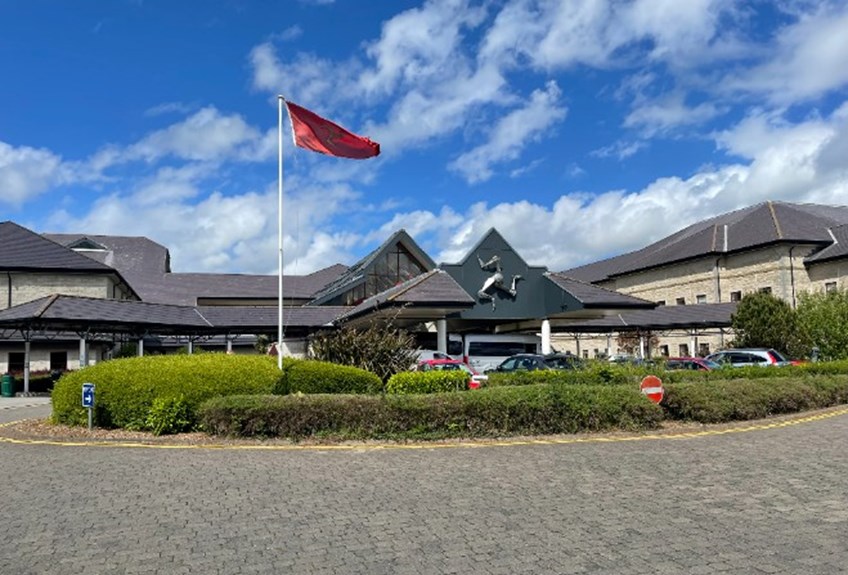
A hospital on the Isle of Man needed an electricity substation to support additional ventilators during the COVID-19 pandemic.
That is an example of people really stepping outside of things they've ever done before, but delivering something that was absolutely vital for the island. The response of our power generation and supply industry on the island was definitely a positive lesson to learn from our experience with COVID-19.
Beyond the need to have staff on the ground to keep the power plants running and deliver that energy to homes, businesses and essential services across the Island, there was also a need to ensure key decision-makers were always available to make fast, important decisions, whether it was on power generation and supply or healthcare.
A key question was what would happen if a Minister of a critical department contracted COVID-19 and was no longer available? You need to have a system in place so that there is a second in command who can assume the position because, in our system of government, the Minister is the department, legally speaking. If they are incapacitated, you need to make sure the legal avenues still exist for departmental members to continue making decisions.
Thank you to Lord Fakafanua, Sir Alden McLaughlin, Peter Greenhill MLC and Rob Mercer MLC for their contributions to this article.
The CPA Small Branches network has now published a report summarising the findings from the CPA Small Branches Workshop on Disaster Risk Management, hosted in partnership with the Institute of Hazard, Risk and Resilience at Durham University.
The report is available to download below.

